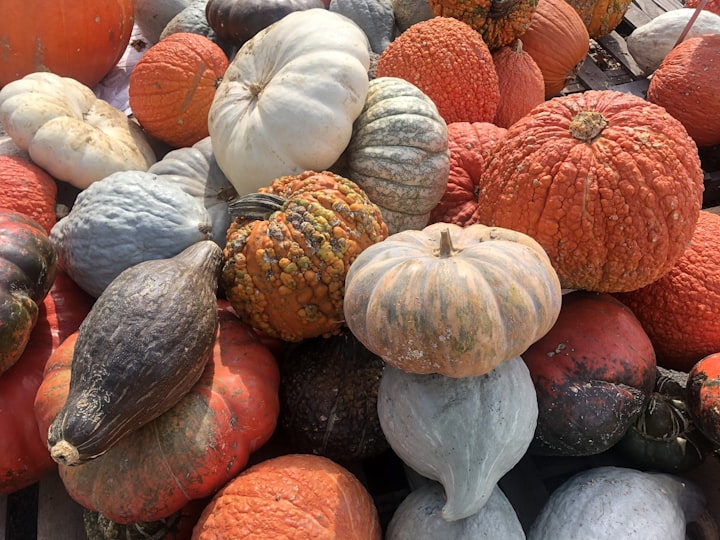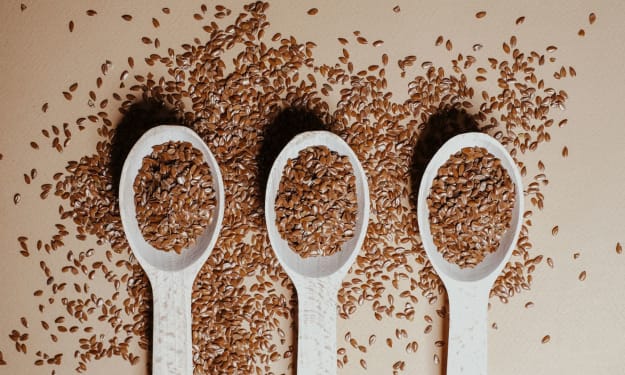The amazing anti-cancer potential of cucurbitacins
Naturally occurring anti-cancer compounds
"The wish for healing has always been half of health".
By Lucius Annaeus Seneca
Cucurbitacins is a cluster of tetracyclic triterpenoids originated from various plants like Bryonia (or wild pumpkin), Cucumis (a genus which includes the cucumber, muskmelons, the horned melon and the West Indian gherkin), Cucurbita 🎃 (variously known as squash, pumpkin or gourd) and Lepidium sativum (sometimes referred to as garden cress or curly cress).
In particular, cucurbitacins from A to T (that have an intensely bitter taste) are the twelve main curcurbitacins belonging to this family that have various bio-activities, such as anticancer, anti-inflammatory and liver protection.
For most cucurbitacins (A to T ) has been reported to have various anti-cancer activities, such as
- pro-apoptosis,
- anti-angiogenic,
- autophagy induction, and
- inhibition of metastasis,
while treating cancers like oral cell carcinoma, breast, ovarian, prostate, lung, gastric, bladder, thyroid, neuroastoma, hepatoma and osteosarcoma (Source: "Naturally occurring anti-cancer compounds: shining from Chinese herbal medicine").
Cucurbitacin B is the most abundant cucurbitacin, therefore has received more attention from researchers than other cucurbitacins have. For example, it suppresses cell proliferation and enhances apoptosis in human non-small-cell lung carcinoma and colorectal cancer cells, and induces phase cell cycle arrest in human colorectal cancer and gastric cancer cells.
Cucurbitacin D inhibits cell survival in human gastric cancer cells, while cucurbitacin E induces cell cycle arrest in triple negative breast cancer cells (For more source: "Fighting breast cancer with natural compounds backed by science").
Moreover, cucurbitacins B, E and I are shown to induce autophagy, however inhibition of autophagy can enhance cucurbitacin-induced apoptosis. They also inhibit cell migration and invasion in human breast cancer, non-small-cell lung carcinoma and colorectal cancer cells, as well as angiogenesis (Source: "Fighting angiogenesis with natural compounds backed by science") in human umbilical vein endothelial cells cells.
Targets responsible for the anti-cancer effects of cucurbitacins.
STAT3 signalling is a very common target for cancer treatment, and STAT3 protein helps control cell growth and division (proliferation), cell movement (migration) and the self-destruction of cells (apoptosis). Cucurbitacins B and D are reported to inhibit proliferation and induce apoptosis through STAT3 suppression in human non-small-cell lung carcinoma cells and doxorubicin-resistant breast cancer cells, respectively.
On the other hand, cucurbitacin E induces cell arrest and apoptosis via STAT3 inhibition in human breast cancer cells, and cucurbitacin I can inhibit STAT3 pathway to suppress cancer stem cell properties in anaplastic thyroid cancer cells. Moreover, cucurbitacins mediate apoptosis through mitochondrial-related pathways.
Cancer immunotherapy also plays a vital role in cucurbitacin treatment.
Cucurbitacins may influence the production of cytokines and transcription factors that suppress the immune system. For example, cucurbitacin B is able to promote DC differentiation and anti-tumour immunity in patients with lung cancer. Dendritic cells (DCs) are antigen-presenting cells of the mammalian immune system and their main function is to process antigen material and present it on the cell surface to the T cells of the immune system. Moreover, the combined therapy of cucurbitacin I and recombinant IL-15 (a therapeutic agent for cancer that promotes T- and NK cell expansion, maturation and cytotoxic functions) is also reported to exhibit immunologic anti-cancer activities in lymphoma and promote DC function. However, cucurbitacin B even though has very effective anti-tumour effects, it has shown to exhibit high toxicity, which restricts its clinical application on cancer therapy.
Therefore, cucurbitacin B derivatives have been synthesised. For example, the compound 10b, one of the derivatives of cucurbitacin B, not only has more potent anti-cancer activity than cucurbitacin B but also better tolerability and safety than cucurbitacin B in vivo acute toxicity studies.
Drug combinations between cucurbitacins and other drugs.
We know that a low single dose of cucurbitacin B or methotrexate (formerly known as amethopterin, a chemotherapy agent and immune-system suppressant) cannot inhibit tumour growth in osteosarcoma xenograft mice, however when used in a combined treatment, they synergistically inhibit tumour growth.
Also the combination therapy of cucurbitacin B and curcumin (Source: "Curcumin anti-cancer properties and therapeutic activity") enhances apoptosis and reverses multidrug resistance (the resistance of cancer cells to multiple chemotherapeutic drugs with different structures and mechanisms of action) in human hepatocellular carcinoma cells.
Recently, cucurbitacin B was used in combination with withanone (a natural product found in Discopodium penninervium), and this combination enhanced cytotoxicity in human non-small-cell lung carcinoma cells, and inhibited tumour growth and metastasis in xenograft mice.
Finally, when cucurbitacin I was combined with irinotecan (sold under the brand name Camptosar, a medication used to treat colon cancer and small cell lung cancer), they further inhibited cell proliferation in human colorectal cancer cells.
PS:
“Live in each season as it passes; breathe the air, drink the drink, taste the fruit, and resign yourself to the influence of the earth”.
By Henry David Thoreau







Comments
There are no comments for this story
Be the first to respond and start the conversation.